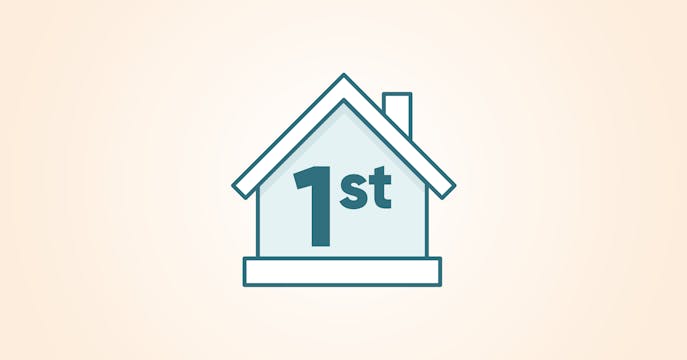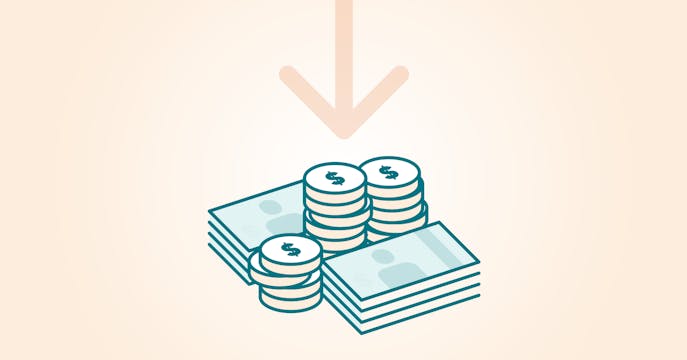What are the other benefits of a bigger down payment?
- With more equity in your home, you may have access to more options, such as extending your amortization.
- A lower loan balance means lower interest costs over time, saving you mortgage cash.
- A lower balance means less to pay off (assuming you don't refinance later) if you use your pre-payment privileges to put more down over time.
These additional uninsured mortgage benefits can make your mortgage lighter, simpler, and easier to manage over the years.
Are there drawbacks to a bigger down payment?
Probably the biggest drawback of saving or gathering a larger down payment is the potential delay in your first home purchase.
Getting into the real estate market — owning instead of renting — can offer several significant financial and personal benefits, such as greater budget stability from avoiding annual rent increases and the opportunity to build long-term wealth through an investment in a financial asset (aka your dream home).
Not every home buyer or owner has the luxury, or chooses, to put more down on their home. Your solution lies in what makes the best sense for your situation.
Are there perks with a smaller down payment?
Yes. A high-ratio, insured mortgage has its own advantages for buyers who can’t reasonably pull together 20% down payment, especially in higher-priced markets.
Placing less than 20% down (as little as 5%, depending on the home price) can help:
- First-time buyers get into the market sooner, breaking the rent cycle to start building equity.
- Buyers purchase a second home for work, recreation, or to generate rental income.
- You can often access the lowest advertised mortgage rates, which help offset the required default-insurance premium.
- Your insured-rate benefit continues at each renewal, as long as you keep the same basic mortgage structure (no refinance or amortization extension).
- First-time and newly-built home buyers can extend their mortgage from 25 to 30 years to lower their payments.
Big or small — your best rate matters.
The actual rate you get can depend on many factors, such as your down payment size, credit score, income source, purchase price, home's location, and amortization.
Our friendly, expert brokers can run the numbers for you, shopping several banks, non-bank lenders (Mortgage Finance Corporations), and alternative and private lenders on your behalf.
We're here to help you outline your choices for the best solution for your unique situation. Plus, we pass along a volume rate discount for your best conventional or insured mortgage rate.
We're here to help, anywhere you are in Canada. Get unbiased advice from salaried mortgage brokers who go the extra mile to save you (mortgage) cash — online, over the phone, or in-store.




